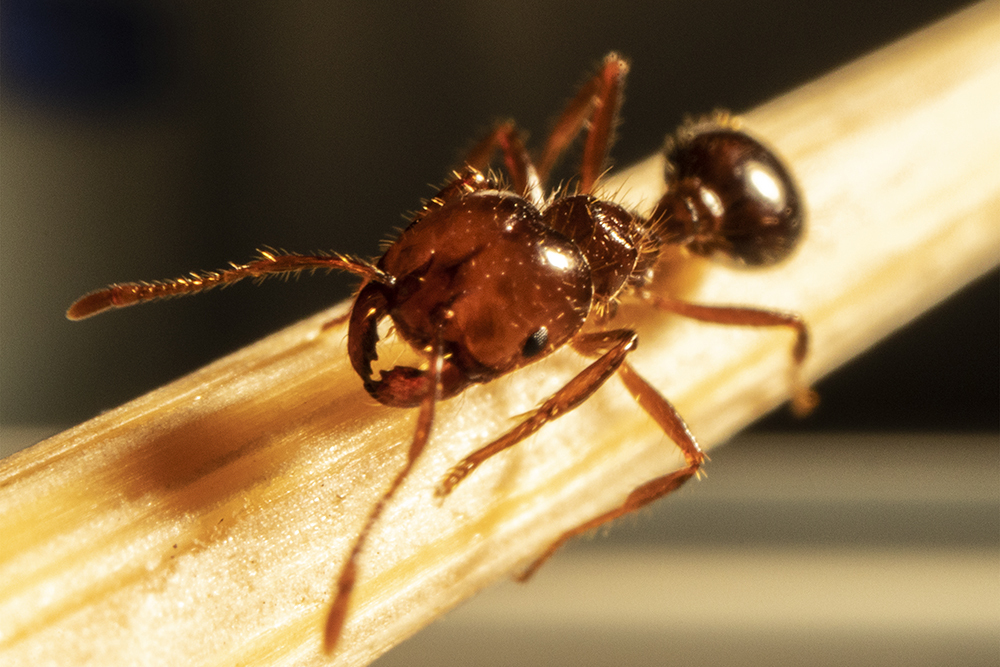- Home
- News Stories
- Cotton Australia Collaborates with the National Fire Ant Eradication Program
Cotton Australia Collaborates with the National Fire Ant Eradication Program
Cotton Australia has been working with the National Fire Ant Eradication Program (NFAEP) to assess the risks posed by Fire Ants to our industry. Fire Ants are an invasive pest that was first detected in South-East Queensland in 2001. An eradication program has been operating since that time with the aim of limiting the spread of fire ants and ultimately eradicating them from Australia.
The NFAEP has been conducting a pest risk analysis, and while this has not yet been finalised, cotton has not been found to present enough explicit risk to warrant inclusion as a specific carrier material. This means that cotton is not likely to be considered a relevant carrier material under the Biosecurity Regulation 2016.
Although cotton may not be considered a relevant carrier material and will not be subject to the same storage or processing requirements as other identified carriers, the cotton industry is free to develop its own code of best practice to minimise their risk of spreading fire ants or allowing them to increase in numbers. For example, a protocol is in place for the movement of modules from the Lockyer Valley to Dalby for ginning. All growers have willingly complied with these requirements to ensure that the risk of spreading fire ants is minimised.
Cotton Australia is confident that all possible measures are being implemented to reduce the risk of spread and to achieve freedom from fire ants in the zones that are currently infested. It is vital that we prevent the permanent establishment of this pest. It would result in severe disruptions to farmers and the public, as well as imposing significant costs for ongoing control.
All people, including businesses, must manage their own biosecurity risks for any risks under their control. This is called the general biosecurity obligation. The way in which the industry responds, or can respond, will depend on the physical environment, position within the biosecurity zones and processes and storage procedures which are likely to impact on the ability of fire ants to establish nests within the product, or on the property.
The Program will continue to offer its support and advice to the cotton industry on which risk management options may be most effective to minimise the biosecurity risk and risk of spreading fire ants.
Note that any detections of fire ants or suspected fire ants must be reported within 24 hours to the NFAEP. More details are available at www.fireants.org.au

